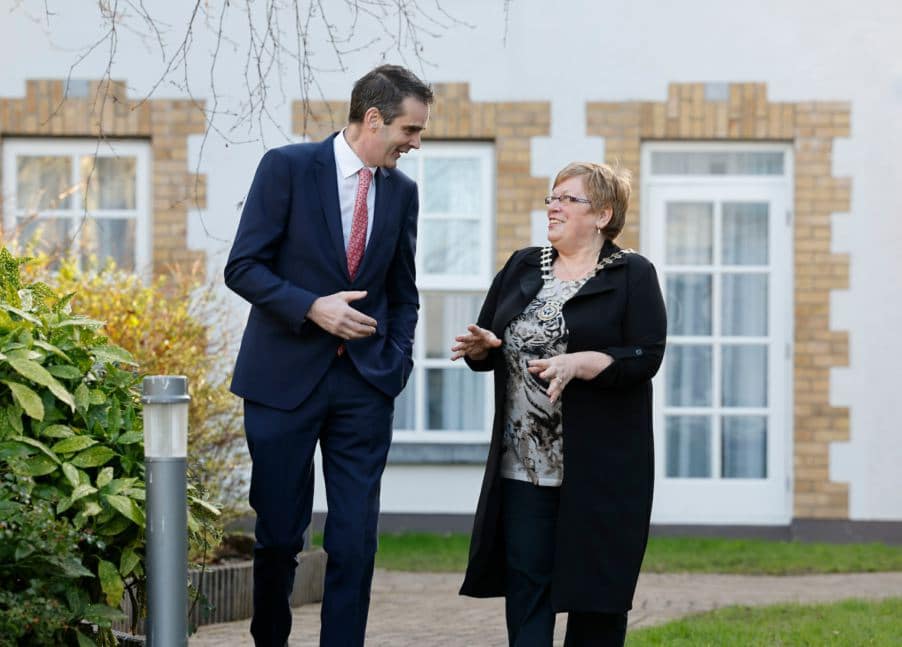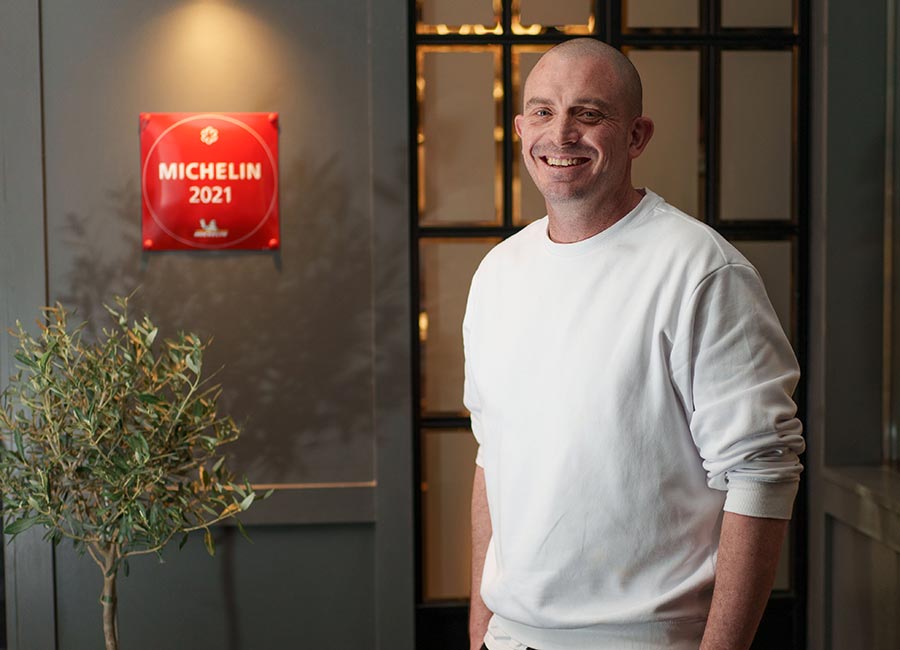The Irish League of Credit Unions has offered its support to Cultivate in becoming the national farm finance brand for the credit union sector.
Cultivate provides unsecured lending of up to €75,000 to develop farm buildings, invest in stock, working capital, and the purchase of tractors and machinery.
Cultivate is the brand name of Collaborative Finance CLG, which began as a local initiative with four Galway credit unions five years ago.
Cultivate loans are now offered in 120 credit union offices across the country.
ILCU president Helene McManus commented: “Most of the credit unions that offer Cultivate loans are members of the ILCU. We encourage any ILCU-affiliated credit union that wishes to enter the agri lending market to do so as part of the Cultivate brand.”
McManus added that the ILCU is keen to actively participate in the evolution of the Cultivate proposition.
“We look forward to playing our part and adding value where we can as the Cultivate product offering evolves in response to market opportunities.

“As long established leaders in the personal lending market, credit unions are diversifying their loan portfolios by increasing their presence in business, agri and mortgage lending.
“It is widely acknowledged by credit unions that cross-sector initiatives and economies of scale are required if this expansion into new areas is to have a real impact in the market.”
Cultivate chairman Joe Healy said said that the number of loan applications to Cultivate in 2021 increased by 66% in comparison to 2020.
The average Cultivate loan application in 2021 was for €28,370 provided to a farmer over almost six years who owned a farm of about 33 hectares and had €106,000 debt on their farm.
The main purpose for Cultivate loans in 2021 was to invest in farm buildings (24%). The other most popular loans were for stocking and working capital (23%), tractor purchases (18%) and purchases of farm equipment (14%).
Financial viability challenges
Addressing the ILCU annual conference in Belfast today, Patrick Casey, Registrar of Credit Unions, outlined the financial viability challenges facing the sector in the absence of credit union business model transition.
He emphasised that given the pace and scale of change in financial services, now is the time for future focus from the sector to clarify its strategic direction. This must be centred on the provision of products and services that members need while ensuring the protection of their funds.
Casey noted that the existing regulatory framework accommodates prudent business model transition by credit unions - including up to €2.5bn capacity available for house and business lending.
At 30 September 2021, the total of house loans outstanding by credit unions was €260M - only 10% of available capacity. He noted that half of all credit unions have decided not to engage in house lending, with sector appetite for higher lending limits still muted.
“The commercial reality is that it is simply not enough just to have the surplus funds available for house loans,” said Casey.
“Credit unions must have more advanced competence and capability to compete with others for market share. You still need to build a compelling mortgage proposition which attracts borrowers. This is not a regulatory challenge, but a commercial one.
More broadly, Mr Casey noted that the Central Bank has been highlighting pension disclosure issues connected with ILCU’s pension deficit for some time now.
His view is that there will be financial impacts for all affected credit unions, “underlining the importance of minimum capital requirements to protect members against unforeseen losses”.
Casey told ILCU delegates that credit union commercial challenges are well known – and they require commercial answers in order to reverse the growing gap between members’ savings and loans.
“Without business model transition by credit unions, many will face real financial viability risk,” he said.
“Delivering sustainability requires effective provision of services to members - which they need, which they choose to obtain from you over others, and which they are willing to pay you for on a basis that generates income through the cycle.”
Photo: Helene McManus and Joe Healy











